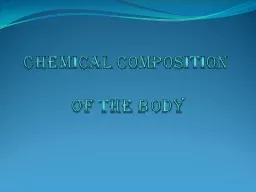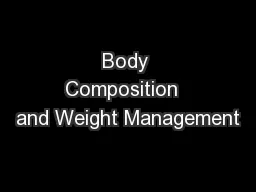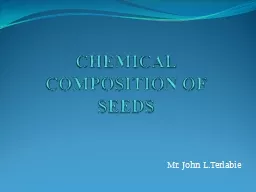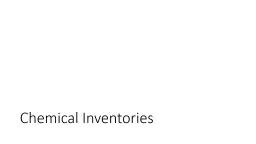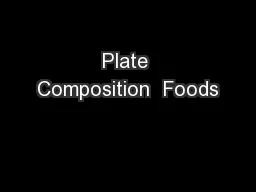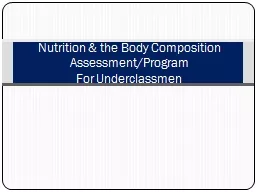PPT-Chemical composition
Author : phoebe-click | Published Date : 2017-09-29
of the body BODY FLUID BODY FLUID COMPARTMENTS Water is by far the major component of the fluids in the body Water accounts for about 60 of normal body weight Total
Presentation Embed Code
Download Presentation
Download Presentation The PPT/PDF document "Chemical composition" is the property of its rightful owner. Permission is granted to download and print the materials on this website for personal, non-commercial use only, and to display it on your personal computer provided you do not modify the materials and that you retain all copyright notices contained in the materials. By downloading content from our website, you accept the terms of this agreement.
Chemical composition: Transcript
Download Rules Of Document
"Chemical composition"The content belongs to its owner. You may download and print it for personal use, without modification, and keep all copyright notices. By downloading, you agree to these terms.
Related Documents

